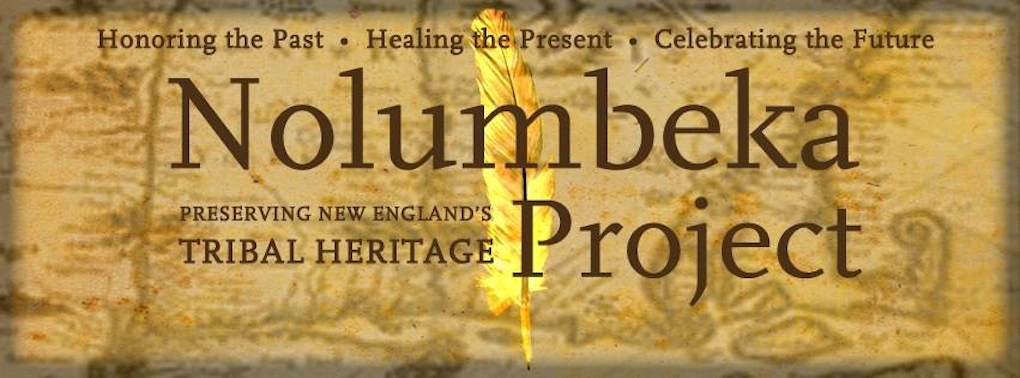 |
| Calendar II Chamber, Woodstock, VT (Photo courtesy of Martin Miller) |
Manitou is the Algonquin word for
God. According to Byron Dix and James Mavor, Jr. in their book Manitou:
The Sacred Landscape of New England’s Native Civilization, Manitou is
“the spiritual quality possessed by every part or aspect of nature,
animate or inanimate…………. aspects of the natural world that are sensed
but not understood.” This description is consistent with the way the
early inhabitants of this continent regarded their surroundings.
Over the years, most of these monuments were misidentified due to the
prevailing cultural bias. For instance, stone chambers, which were often
ritual sites used to observe important astronomical events, were
dismissed as “root cellars”. To witness an equinox sunrise from one of
these “root cellars” is to marvel at the celestial knowledge of the
ancient Native American builders. On the exact morning of the equinox,
although the sun is traveling rapidly across the sky, it rises
precisely in the center of the chamber’s doorway and leads the eye to a
distinctive marker in its sightline. Similarly,
the stone piles attributed to field clearing and the thousands of miles
of stone rows that were described by historians as colonial fences are
sometimes misidentified. Through careful observation of the orientation
and construction of some of these structures their true ancient origins
become apparent.
For more information on the sacred landscape of the Northeast we encourage you to read Manitou: The Sacred Landscape of New England’s Native Civilization by James Mavor, Jr. and Byron E. Dix, (Inner Traditions, 1989). Also, although our interpretations may differ in some instances, Mary and James Gage’s www.stonestructures.org is a website that includes a wonderful display of photos and diagrams of the sacred landscape surrounding us.
